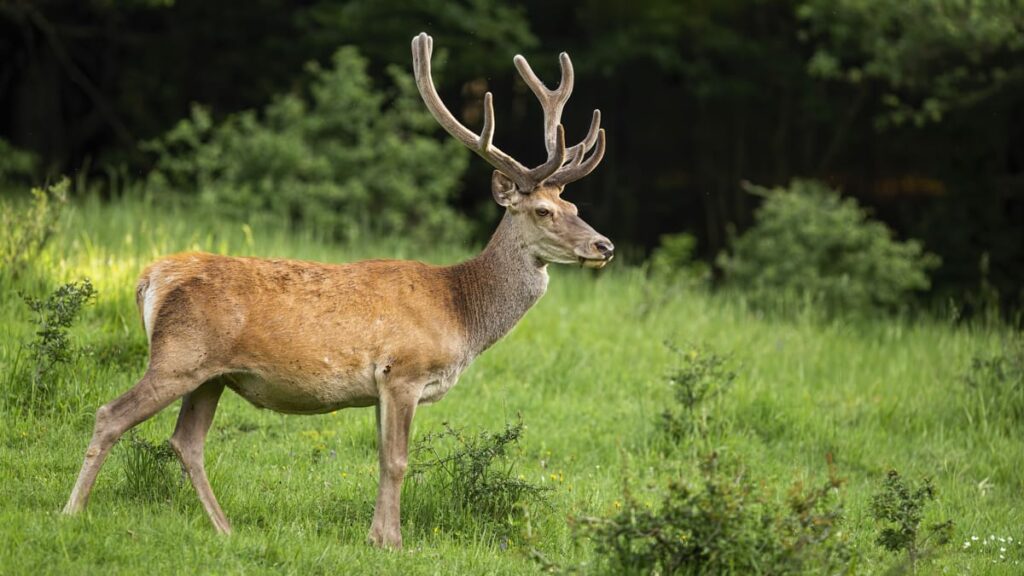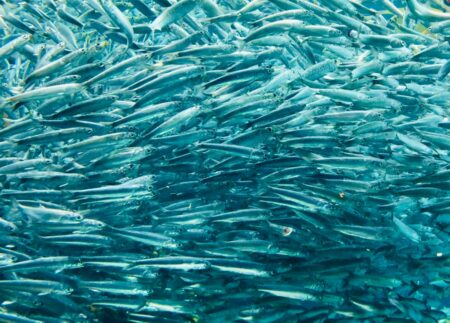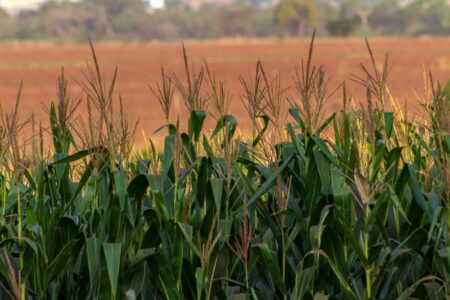The response of ecosystems to climate change is complex, as each type has a unique sensitivity and response to changing conditions. The effects are compounded by the interactions between organisms and their environment, shaped by the changing needs. These ecosystems also react to disturbances and other stressors. However, the most common response to climate change is increased biodiversity. The changes in ecosystem function can impact both human and economic health.
Climate change affects the ability of ecosystems to regulate water flow and improve water quality, and rapid changes in ecosystems impact species ranges, abundances, and habitats. In the U.S., the Aedes mosquitoes, known to transmit several diseases, will expand their geographic range due to climate change, increasing the risk of contracting these diseases.
Because of the rapid warming of the oceans, coastal ecosystems are particularly vulnerable to climate change. Sea levels are rising steadily, and the impacts are threatening low-lying coastal ecosystems, coastal infrastructure, and the livelihoods of people living in these regions. Climate change also threatens the survival of many species and human health, and the threat of extinction is already apparent. In 2008, the polar bear was listed as a threatened species, while the ringed seal’s four subspecies were also designated as endangered or threatened.
In recent years, researchers have focused on the effects of climate change on ecosystems. While ecosystems are vulnerable to climate change, they can also play a significant role in adapting human societies to rapid environmental change. If we can adapt to the impacts of climate change, we can protect ecosystems and conserve biodiversity in the process.

Invasive species
Climate change is one of the primary drivers of the spread of invasive species, as the global temperature is expected to increase by 2-4oC by 2100. While climate change facilitates the spread and introduction of invasive species, it diminishes the ability of wild and aquatic ecosystems to withstand invasive species.
Adaptation strategies to climate change impact landscapes and ecosystems and can protect human life, livelihoods, and culture. Ecosystem-based adaptation practices utilize nature-based solutions and ecosystem services to help humans cope with climate change. Ecosystems provide essential ecosystem services, serving as natural flood defenses and food sources. Combined with other adaptation strategies, these practices aim to benefit 2.5 million people globally.
Although these strategies are not designed to be comprehensive, they may help reduce the economic costs of climate change by offsetting the negative impacts. Environmental concerns may affect the feasibility of reducing greenhouse gas emissions while coping with climate change. Land-use intensification in temperate areas and a rise in demand for biofuels could also affect adoption rates. These issues may further complicate adaptation efforts. Therefore, proactive adaptation measures are needed to help communities cope with climate change impacts and reduce their adverse effects.
Developing a risk management framework to analyze the likely technical effectiveness of adaptation measures is another way to measure their benefits and limitations. Developing a risk management framework will allow for a more comprehensive exploration of different adaptation options and ensure that management decisions do not undermine the capacity to deal with more significant impacts later in the century. Adaptation strategies are crucial in a world where climate change is already impacting ecosystems and livelihoods.
Developing an integrated risk management framework is critical to increasing adaptation action. It is crucial to consider the impact of climate change on agriculture, natural resources, and ecosystems in the context of ecosystems and other risk factors. An integrated and dynamic approach will be necessary to overcome the barriers to effective adaptation and mitigation strategies. The focus on risk management must reduce negative impacts while using opportunities.

Threats
There are many ways that climate change affects ecosystems. Some of these effects are relatively minor, while others are cumulative, with significant impacts that have far-reaching consequences. For example, changing climate and land-use patterns will increase the stress on coastal areas, and rising temperatures and precipitation will also increase erosion risk in recently logged forested regions. And the effects of climate change on ecosystems can also affect the timing and distribution of seasonal changes.
As human civilization becomes more vulnerable to global warming, we face a decarbonization challenge. Although global atmospheric greenhouse gas concentrations are likely to stabilize and the temperatures begin to cool down, ecosystem restoration may have played a significant role in stabilizing climate and continuing to do so. Ultimately, ecosystems will be impacted by climate change and biodiversity loss. We must understand and address the threats facing ecosystems and work to mitigate their effects.
As global temperatures increase, droughts and bushfires will become more frequent and intensified. A single degree Celsius increase in global temperature will increase the area burned by wildfires by 600%. The increased frequency of these events will have significant consequences for local plant and animal populations. In Australia, for example, last year’s deadly bushfires resulted from a lightning strike after a dry spell and were responsible for killing more than a billion animals. Many of these animals are endemic to Australia and are only found there.

Solutions
Despite the dire consequences of climate change for human societies, there are still opportunities for reversing its effects. Enhancing the protection of biological resources is one of the most effective ways to combat climate change’s impacts. Biodiversity provides the raw materials for agricultural and fisheries production and protects local environmental quality. Biological resources also have moral and cultural values. Consequently, these resources must be saved as a vital component of sustainable development.
The solutions to climate change’s impacts on ecosystems are found in nature. Ecosystem restoration and ecosystem management are two fundamental approaches to tackling the environmental crisis’s causes and consequences. These practices are being applied worldwide and effectively improve human health and food security. The challenges that these approaches present will include scaling up and assessing the efficacy of each of these solutions. While these practices have great potential, many still need to be evaluated and implemented to have a lasting impact.
Ecosystems provide a range of services that are not captured in national accounts. These services are essential for human welfare. They include water quality, pollination, decontamination, carbon sequestration, soil conservation, and nutrient and hydrological cycling. As communities face the threat of climate change, developing adaptive capacities is essential. By building resilience in local and regional communities, ecosystem-based approaches can help mitigate the effects of climate change and reduce their impact.














